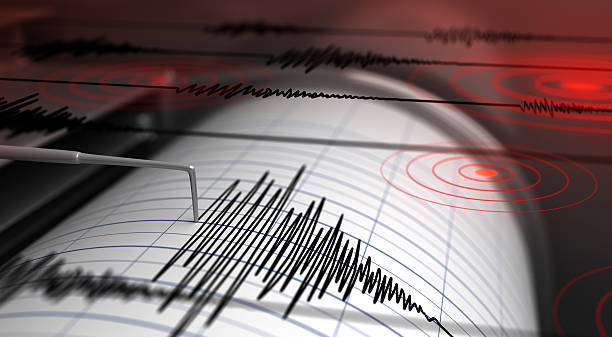

INTRODUCTION
In the past, during the earthquakes in several counties including India, loss of human lives and damage to property has occurred due to the collapse of existing buildings. Though, occurrence of an earthquake cannot be predicted and prevented, the loss of human life and damage to the property can be minimized by taking necessary steps on the existing buildings. Several countries have made codes of practices/guidelines for seismic vulnerability assessment of existing structures including RC buildings.
Out of the seven continents of the world, Asia is the most affected by earthquake. Most seismic prone countries include Japan, Nepal, India, Turkey, Ecuador, Philippines, Mexico and Indonesia. Global seismic hazard map is shown in Fig. 1. There is a growing perception that the built environment, both historic and recent construction, is characterised by an unacceptably high level of seismic risk. The efficient normative documents, allowing for rational and cost-effective interventions are required for mitigation of this risk.